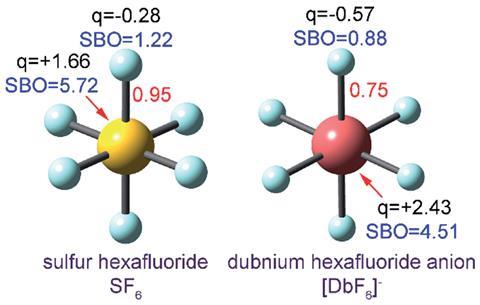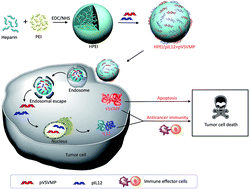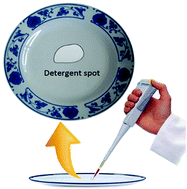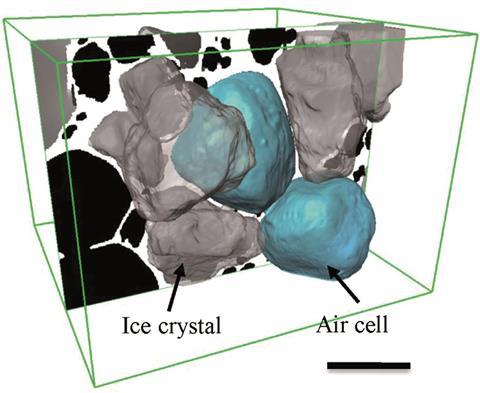We are delighted to highlight the Outstanding Reviewers for RSC Advances in 2017, as selected by the editorial team, for their significant contribution to the journal. The reviewers have been chosen based on the quantity, quality and timeliness of the reports completed over the last 12 months.
A big thank you to those individuals listed here as well as to all of the reviewers that have supported the journal. Each Outstanding Reviewer will receive a certificate to give recognition for their significant contribution.
Professor Katsuhiko, Ariga National Institute for Materials Science, ORCID: 0000-0002-2445-2955
Dr Anzar Khan, Korea University, ORCID: 0000-0001-5129-756X
Dr Tapas Purkait, Johns Hopkins University, ORCID: 0000-0001-8948-6526
Dr Lichan Chen, Huaqiao University, ORCID: 0000-0002-0838-776X
Dr Kun Liu, eLab Solutions
Dr Ying Huang, Northwestern Polytechnical University, ORCID: 0000-0002-4364-9323
Dr Lei Yu Yangzhou, University, ORCID: 0000-0001-5659-7289
Dr Murat Yavuz Dicle, University, ORCID: 0000-0003-3452-8551
Dr Kaustabh Maiti, Central Electrochemical Research Institute
Dr Fan Dong, Chongqing Technology and Business University, ORCID: 0000-0003-2890-9964
Dr Serap Evran, Ege University, ORCID: 0000-0001-6676-4888
Dr Nirmal Goswami, University of South Australia, ORCID: 0000-0002-8950-6459
Dr Xinguo Zhang, Sun Yat-Sen University, ORCID: 0000-0002-8950-0831
Dr Hyo Jin Seo, Pukyong National University, ORCID: 0000-0002-0490-8484
Dr Dattatray Late, National Chemical Laboratory
Miss Xi Chen, National University of Singapore, ORCID: 0000-0002-8096-1455
Dr Zhaoyin Wen, Shanghai Institute of Ceramics, ORCID: 0000-0003-1698-7420
Dr Soumik Siddhanta, Johns Hopkins University, ORCID: 0000-0002-1383-6224
Dr Jiaxing Li, Institute of Plasma Physics, ORCID: 0000-0002-7683-2482
Dr Peng Liu, Oak Ridge National Laboratory
Dr Lihua Gan, Tongji University
Dr Miao Shi, University of Rochester, ORCID: 0000-0002-9719-6825
Dr Neal Chung Tai-Shung, National University of Singapore, ORCID: 0000-0002-4569-7169
Dr Xiangyang Shi, Donghua University, ORCID: 0000-0001-6785-6645
Dr Wei Li, Capital Normal University, ORCID: 0000-0001-7669-1125
Dr Bin Ding, Donghua University
Dr Changqiong Zhu, CoolComposites
Dr Dan Xiao, Sichuan University, ORCID: 0000-0001-5295-0540
Professor Sarbani Pal, MNR Degree & PG College, ORCID: 0000-0003-1730-0782
Dr Shiwei Qu, The Scripps Research Institute, ORCID: 0000-0002-9358-066X
Professor Priyadarsi De, Indian Institute of Science Education and Research, ORCID: 0000-0001-5486-3395
Miss Mehmet Yola, Sinop University
Dr Xinle Li, E O Lawrence Berkeley National Laboratory, ORCID: 0000-0001-5747-4029
Dr Kevin Wu, National Taiwan University, ORCID: 0000-0003-0590-1396
Dr Jiaguang Zhang, University of Lincoln, ORCID: 0000-0001-7238-4021
Dr Tongchuan Gao, University of Pittsburgh, ORCID: 0000-0003-4800-3641
Dr Jian Li, Northwest Normal University, ORCID: 0000-0001-5104-1564
Thank you to the RSC Advances board and our community for their continued support of the journal, as authors, reviewers and readers.
The RSC Advances Associate Editors work hand in hand with a dedicated reviewer panel made up of specially selected expert reviewers from across all fields of the chemical sciences (http://www.rsc.org/journals-books-databases/about-journals/rsc-advances/reviewer-panel/). If you would be interested in joining this reviewer panel, please contact us at advances@rsc.org with a resumé to receive further information.
Follow us on Twitter to keep informed!















